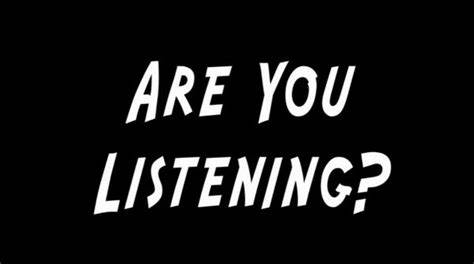Best Practices are Calling
0 comment
In a recent discussion on DEAI and fundraising, one participant made the point that using wealth as the primary determinant of fitness for a board is dangerous and simply wrong.

As she was speaking, I kept thinking: “This isn’t new; this isn’t an ‘ah ha’ moment of recognition arrived at by DEIA coming to the forefront of everyone’s mind. This has always been a best practice.”
And while I know the speaker understood this as well as I do, that wasn’t the point she wanted and needed to make. But it is mine, because that is when the light bulb went off and the inside of my head became unbearably bright.
Best practices are called that for a reason! But, like so many things, when they are said and seen so enough, we tend to ignore them and their significance lessens as they fade into the background. Best practices get to be such over time by continually showing themselves to be the path to success time.
I believe in best practices. The Nonprofit Center teaches best practices and lives by them. With a caveat.
Nothing is right 100% of the time, and even best practices must take into consideration the particulars of each situation before being applied. Best practices should never be applied simply because they are best practices. Application must only come with a full understanding of why something arrived at being a best practice. That said, best practices should never be ignored, and only disregarded after careful thought and consideration, and never because it involves harder work. It’s doing that “harder right,” rather than the “easier wrong.”
While I have no doubt that talking about best practices comes up at least once a day for me, and doing so has been part of my life for many decades, I also have no doubt that I have been talking about the fallacy of money as the criterion for determining who should come onto a board far longer.
I learned this lesson in my very early days of working professionally with nonprofits.
I was working with an organization that had an $8 million debt. The executive director, and, independently, several board members, told me that there was one long-serving board member who could easily write a check and wipe that debt out completely. The largest check he’d ever written the organization was $50. The number of gala tables he filled? Gala tickets he sold? Friends and colleagues he introduced to the organization? Nada, nada and nada.
Those deep pockets did this organization absolutely no good. How did he execute the rest of his board responsibilities that make up bigger chunk of the job? Simply put, he was a disruptor. Observing a number of board meetings, facilitating several retreats, his behavior was always the same: he talked too much and said very little to nothing; he was disparaging of others; he never listened to others. When we bring on a new board member, we get the whole person; therefore, we must select a new board member based on the whole person and not just one element.
If ever there was a time to take this best practice to heart, this is it. Being strategic in what you need on a board has always been a best practice. It isn’t who we need and want on the board, but what we need and want. And then we go out and look for that what.
But this isn’t a post about how to find the right board members. This is about listening to best practices—best practices for building a board, fundraising, HR, cyber security, finance, etc. One of the things about best practices is that they work in good times and bad, and over time. That doesn’t mean they don’t get tweaked; everything gets tweaked as our world evolves. But they have earned the moniker of best practice for a reason, and we should honor that.
The opinions expressed in Nonprofit University Blog are those of writer and do not necessarily reflect the opinion of La Salle University or any other institution or individual.
